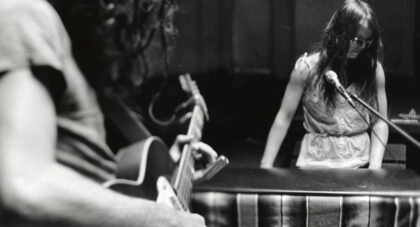Welcome back to the stacks. It’s Aquarium Drunkard’s Book Club, our monthly gathering of recent (or not so recent) recommended reading. In this month’s stack: '60s girl groups, glitching realities and mirror world doubles, poetry from Richard Hell, modern occultism, and the indie rock fashions of the '80s . . .
Only the good shit. Aquarium Drunkard is powered by its patrons. Keep the servers humming and help us continue doing it by pledging your support.
To continue reading, become a member or log in.


